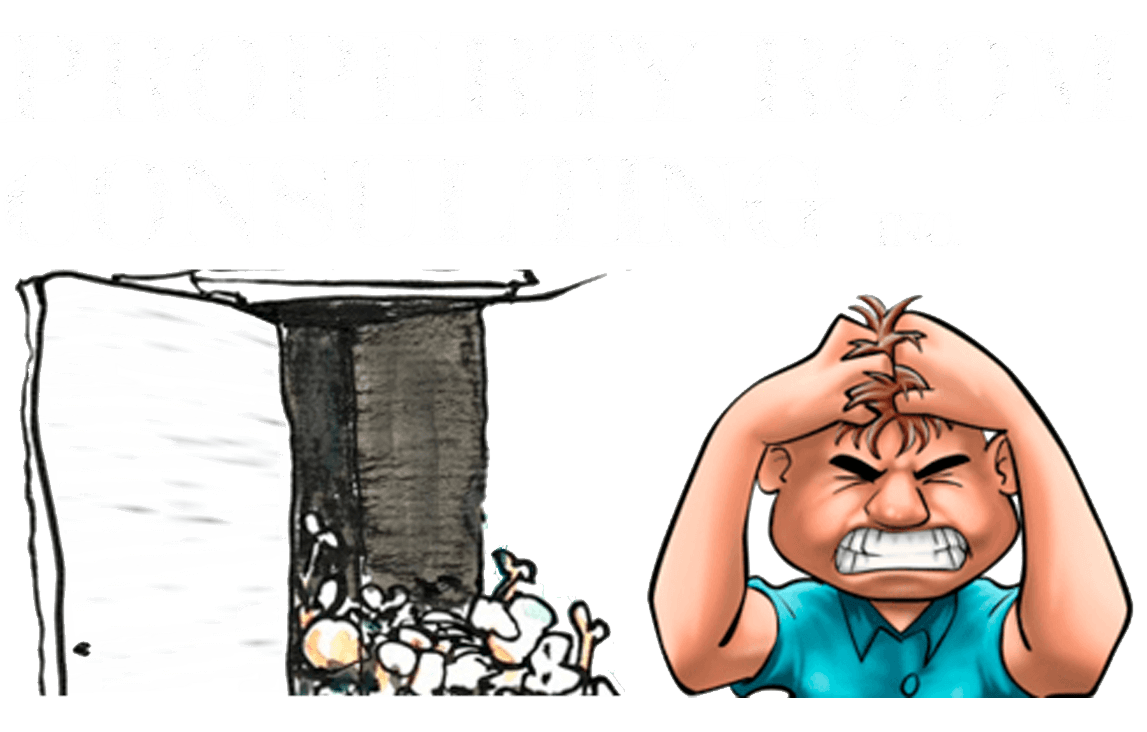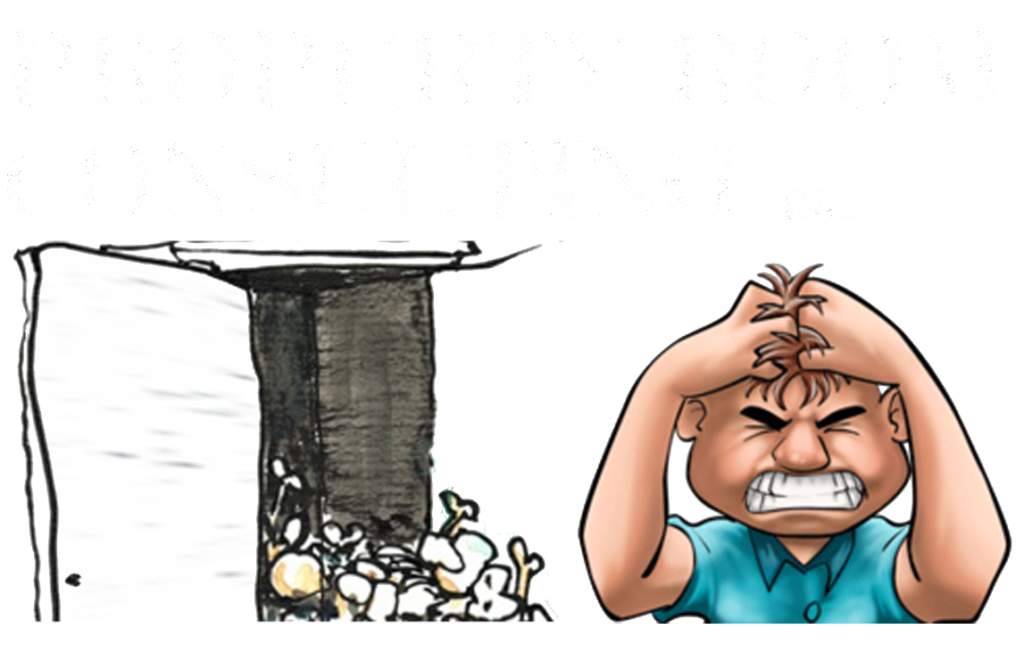Purge Services: Why Evidence Room Purges Are Necessary
Do you know what goes on in your evidence room? Over the years, all kinds of items can end up stored inside, evidence from a variety of cases and incidents involving law enforcement. There comes a time, however, when it may be necessary to take stock and determine whether any of these items need to be removed or updated.
We’ll explore why it’s important to do a regular purge of evidence rooms and how to tell if yours could use some tidying up. We’ll cover everything from the importance of orderliness and inventory systems, what types of materials should no longer be kept or have different storage requirements, and even things like mould prevention when dealing with biological specimens.
1. Analyze your current evidence room setup to determine if it is organized and efficient
The evidence room is a vital aspect of any law enforcement agency, but it can often become cluttered and disorganized over time. It is essential to take a step back and analyze the setup to determine if it is efficient and organized.
A well-organized evidence room can not only help officers quickly locate evidence when needed but also ensure that the evidence is kept securely and handled properly.
An organized evidence room is also crucial during legal proceedings to ensure the chain of custody is maintained. By evaluating the current evidence room setup, law enforcement agencies can make the necessary improvements to ensure that they can continue to serve their communities effectively.
2. Identify any items that are obsolete, damaged, or no longer needed
In many cases, law enforcement agencies are responsible for collecting and storing a variety of items over the years. These can range from physical evidence such as clothing or weapons to documents and other items related to various incidents. However, some of these items may no longer be needed due to changes in technology or the laws governing them.
Some items may also be damaged or no longer relevant to current investigations. By regularly purging the evidence room of these outdated, damaged, or otherwise unnecessary items, law enforcement agencies can ensure that they are only storing materials that are still pertinent and useful.
3. Create a plan of action for removing those items from your evidence room
Once you’ve identified the materials that need to be removed or updated, it is important to create a plan of action. This will help ensure that all items are handled properly and securely.
If you have too much evidence to manage on your own, there are various purge services available that can help with the process. These services can provide secure transportation and destruction of evidence, as well as help with cataloguing and inventorying existing evidence. By using professional purge services, law enforcement agencies can ensure that all items are handled appropriately and in a timely manner.
4. Make sure you securely dispose of all removed materials according to laws and regulations
Once the purge is complete, it is important to make sure that all materials are securely disposed of according to any applicable laws and regulations. This will ensure that evidence is not mishandled or tampered with in any way. Depending on the type of materials removed, there may be specific requirements for disposal. Make sure to research these before beginning the purge so you can be sure all evidence is handled correctly.
5. Evaluate the existing labelling system and update as needed for increased accuracy
It is important to evaluate the existing labelling system and update it as needed. This will help guarantee that all evidence is clearly labelled and easily identifiable. Updating the labelling system can also ensure accuracy when cataloguing new evidence and make locating evidence easier in the future.
6. Review storage protocols for sensitive documents or materials to ensure everything is secure
In addition to the labelling system, it is essential to review storage protocols for any sensitive documents or materials. This will help ensure that all evidence is securely stored and handled properly. Reviewing existing protocols and making any necessary updates can help protect confidential information and prevent tampering.
To recap:
- Remember to thoroughly analyze your current evidence room setup to determine what improvements need to be made.
- Be sure to identify any items that are obsolete, damaged, or no longer needed, and create a plan of action for their removal.
- Don’t forget to securely dispose of all materials according to applicable laws and regulations.
- Be sure to review and update the existing labelling system for increased longevity and accuracy of accuracy.
- Finally, double-check the storage protocols for sensitive documents or materials so you can rest assured that everything is in compliance and secure.
Our service page has all the information you need to decide if our purge services are right for you.
The goal should be an organized, efficient evidence room that encourages operational success. With these tips in mind, you can get started on creating the perfect evidence room.
Offer law enforcement property evidence room solutions
Related Posts

Purge Services: Why Evidence Room Purges Are Necessary


